FOR BEGINNING & MIDDLE GRADE READERS AND THEIR PARENTS: Good News. Books just seem to be getting better and better. Writers, illustrators, and publishers are looking for ways to entice new readers to want to read. And along those lines…
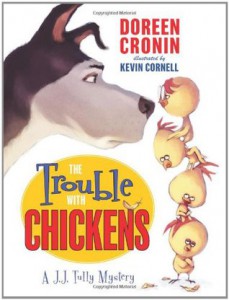 Some of our favorite picture book authors are beginning to write “first chapter” books—those are first novels for young readers that are constructed (you guessed it) in chapters and each has about a hundred pages and lots of illustrations. If you’re a middle grader, you already know this and you might think these books are too easy, but it can be fun to have a quick read to help launch your summer reading.
Some of our favorite picture book authors are beginning to write “first chapter” books—those are first novels for young readers that are constructed (you guessed it) in chapters and each has about a hundred pages and lots of illustrations. If you’re a middle grader, you already know this and you might think these books are too easy, but it can be fun to have a quick read to help launch your summer reading.
“Trouble with Chickens: A J.J. Tully Mystery” (Balzer & Bray 2011) by Doreen Cronin (who wrote “Click Clack Moo”) begins a riotous new series in which JJ, a retired search-and-rescue dog, helps a family of chickens. JJ is a hard-boiled dragnet-type detective and you have to be pretty old to know what that means. Take my word, JJ is funny.
In “Lulu and the Brontosaurus” (Atheneum 2010) Judith Viorst (who wrote “Alexander and the Terrible, Horrible, No Good,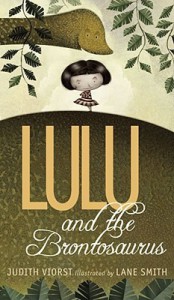 Very Bad Day”) breaks writing rules such as: the narrator should be invisible to the reader. Ms. Viorst directly addresses the reader throughout with arguments like, “nobody knows how dinosaurs sounded, but in my story they rumble”. I love broken rules. And breaking rules. Very refreshing. The writing, the illustrations by Lane Smith (Stinky Cheese Man) and book design by Molly Leach make this a spectacular first chapter book.
Very Bad Day”) breaks writing rules such as: the narrator should be invisible to the reader. Ms. Viorst directly addresses the reader throughout with arguments like, “nobody knows how dinosaurs sounded, but in my story they rumble”. I love broken rules. And breaking rules. Very refreshing. The writing, the illustrations by Lane Smith (Stinky Cheese Man) and book design by Molly Leach make this a spectacular first chapter book.
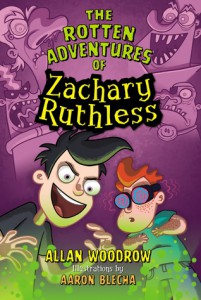 “The Rotten Adventures of Zachary Ruthless” (Harper 2011), the first book by Illinois writer Allan Woodrow, is a boy’s dream of a disgusting and funny book. Word’s out that girls will read boys’ books, but boys won’t read girls’ books. Too bad, but this is a boys’ book so everyone should read it. And it’s affordable at $5.99. If you order it from Jane Addams bookstore in downtown Champaign, you’ll be supporting independent bookstores and writers.
“The Rotten Adventures of Zachary Ruthless” (Harper 2011), the first book by Illinois writer Allan Woodrow, is a boy’s dream of a disgusting and funny book. Word’s out that girls will read boys’ books, but boys won’t read girls’ books. Too bad, but this is a boys’ book so everyone should read it. And it’s affordable at $5.99. If you order it from Jane Addams bookstore in downtown Champaign, you’ll be supporting independent bookstores and writers.
Patricia Hruby Powell (https://talesforallages.com/) is a nationally touring speaker, dancer, storyteller, substitute librarian and children’s book author. Check out her blog for discussion of why to buy from independent bookstores and to hear from at least one of the above authors.
As you know, authors create characters. Sometimes they invent characters out of thin air or find them by observing life (and people) around them. But I had a hunch, that maybe the author of “Zachary Ruthless”, Allan Woodrow, just might have gotten his character from his own childhood. I mean, he knew his character so thoroughly. Zachary is so rottenly ruthless (to no avail).
So I asked.
PHP: Allan, Where did you get Zachary Ruthless? I mean, are you Zachary Ruthless?
AW: I’m not nearly as evil as he is. While it may be true that Zachary and I have never been spotted together, that’s mostly because I’m a bit scared of him. Don’t be fooled by his blinking eyes and innocent face. If you see him, run. As fast as you can, far away. I, on the other hand, have a heart of gold. Well, not real gold. Fake, tarnished gold (so if you are an evil doer reading this interview, please do not attempt to steal my golden heart).
Find out more about Allan Woodrow at http://allanwoodrow.com/
Doreen Cronin can be found at http://www.doreencronin.com/
Judith Viorst is at http://www.judithviorst.com/
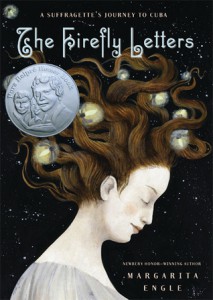
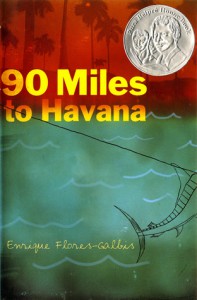

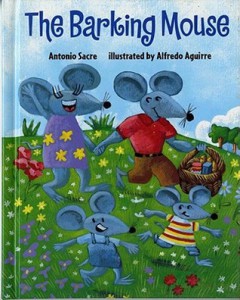
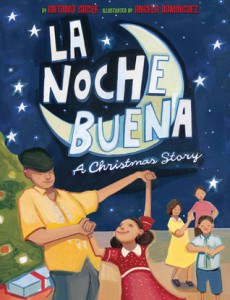
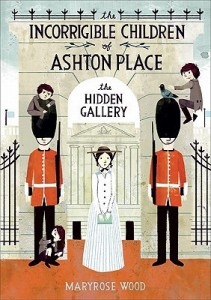 ATTENTION, MIDDLE GRADERS. Laugh your way through “The Incorrigible Children of Ashton Place: The Mysterious Howling,” by Maryrose Wood (Balzer & Bray 2010), a story about three children who have been raised by wolves. Like all good puppies, Alexander, Beowulf, and Cassiopeia try to please their people. And who wouldn’t want to please their young governess Penelope Lumley, trained at the Swanburne Academy for Poor Bright Females. (You’ll wish you had a governess just like Penelope). (I do).
ATTENTION, MIDDLE GRADERS. Laugh your way through “The Incorrigible Children of Ashton Place: The Mysterious Howling,” by Maryrose Wood (Balzer & Bray 2010), a story about three children who have been raised by wolves. Like all good puppies, Alexander, Beowulf, and Cassiopeia try to please their people. And who wouldn’t want to please their young governess Penelope Lumley, trained at the Swanburne Academy for Poor Bright Females. (You’ll wish you had a governess just like Penelope). (I do).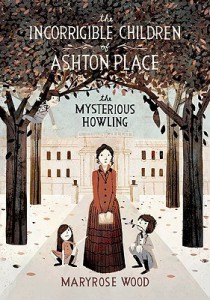 Forgive me when I say, you’ll be howling for more. And you’re in luck. In #2 “The Hidden Gallery” (2011), the Incorrigibles are whisked away from their country estate to London where they meet Simon Harley-Dickerson who aids Penelope and the children in her search for a hidden gallery in the British Museum. Why must they find it? Who is directing them there? Could Penelope’s long lost parents still be alive?
Forgive me when I say, you’ll be howling for more. And you’re in luck. In #2 “The Hidden Gallery” (2011), the Incorrigibles are whisked away from their country estate to London where they meet Simon Harley-Dickerson who aids Penelope and the children in her search for a hidden gallery in the British Museum. Why must they find it? Who is directing them there? Could Penelope’s long lost parents still be alive?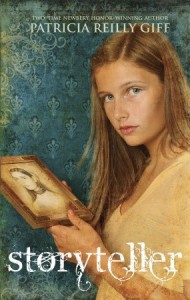 ATTENTION, MIDDLE GRADERS (yes, you — let’s say third- or fourth- through seventh-graders): Every third Sunday, this book column is for YOU to read.
ATTENTION, MIDDLE GRADERS (yes, you — let’s say third- or fourth- through seventh-graders): Every third Sunday, this book column is for YOU to read.